Mastering Website Stability (Part 2): Proven Strategies to Prevent Website Crashes

In Mastering Website Stability (Part 1), we spoke about the threats that cause website crashes. In Part 2, let’s take a look at the common pitfalls that can lead to website crashes, website performance optimization, and strategies to steer clear of website crashes so website security is always a priority!
Pitfalls that Lead to Website Crashes
Here are a few common website errors that lead to website crashes:
1. HTTP Errors

- HTTP errors are a common cause of website crashes.
- These errors occur when there's a problem with the client's request or the server's response.
- For instance, a 404 error indicates that the requested page doesn't exist, while a 500 error signifies a server-side issue.
Solution: For HTTP error resolution, regularly monitor your website for broken links and ensure your server is properly configured and maintained.
2. Missing Metadata
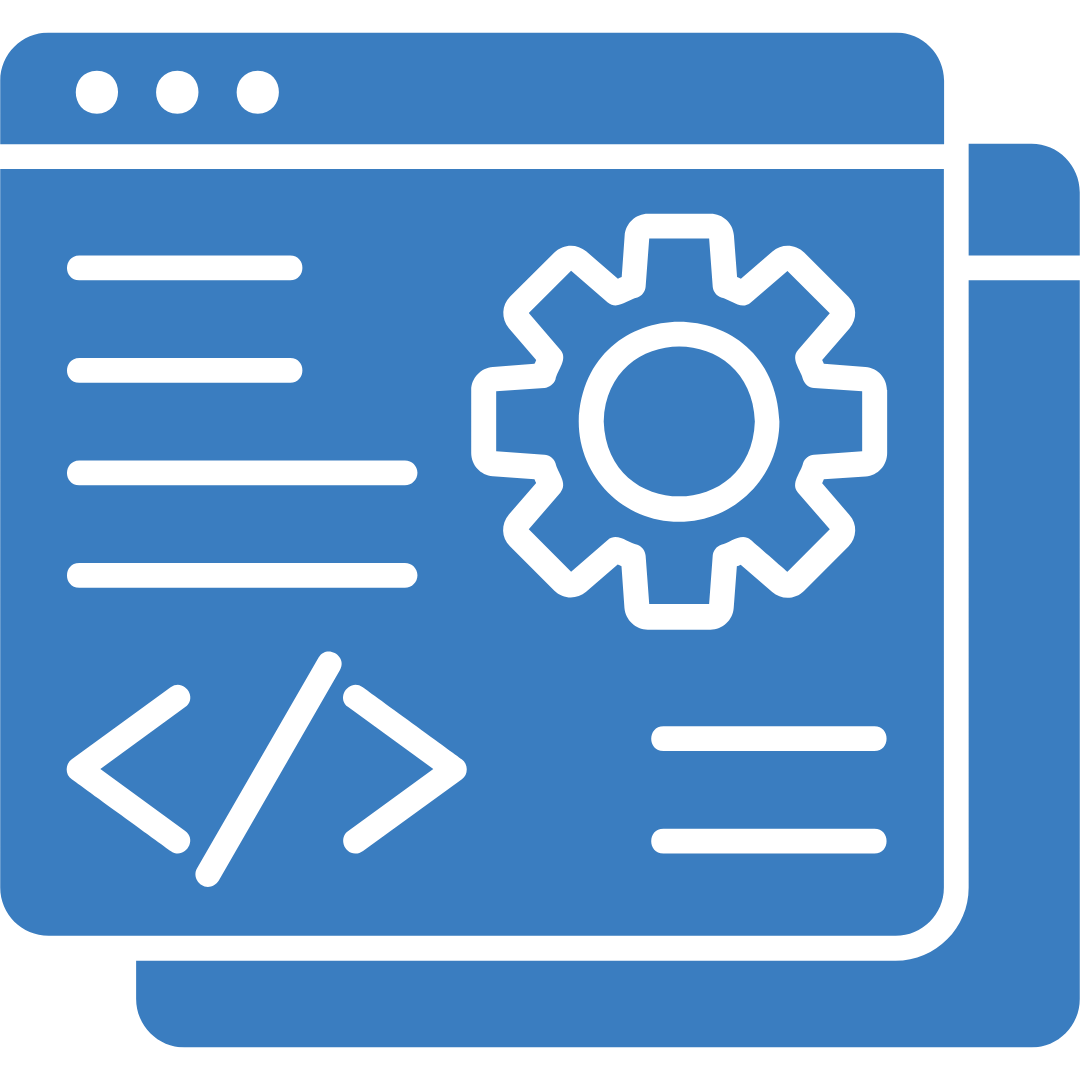
- Metadata, the information about your website's content, plays a vital role in website stability.
- Incorrect or missing metadata can lead to issues with search engine indexing, negatively impacting your site's visibility and stability.
Solution: Ensure your metadata is accurate, complete, and optimized for search engines to enhance website stability.
3. Maintain Balance in Content

- While content is king, too much of it can slow down your website and lead to crashes.
- On the other hand, too little content can affect your website's search engine ranking.
- Content balance for SEO is key.
Solution: Regularly review your content to ensure it's relevant and valuable to your audience, and optimize images and videos to prevent them from slowing down your site.
4. Tackling Duplicate Content

- Duplicate content can confuse search engines and lead to indexing issues, which can indirectly cause website crashes.
Solution: Use canonical tags to indicate the preferred version of a page, and regularly audit your site for duplicate content removal. If found, either delete the duplicate or update it to provide innovative value.
5. Navigating Domain Dynamics
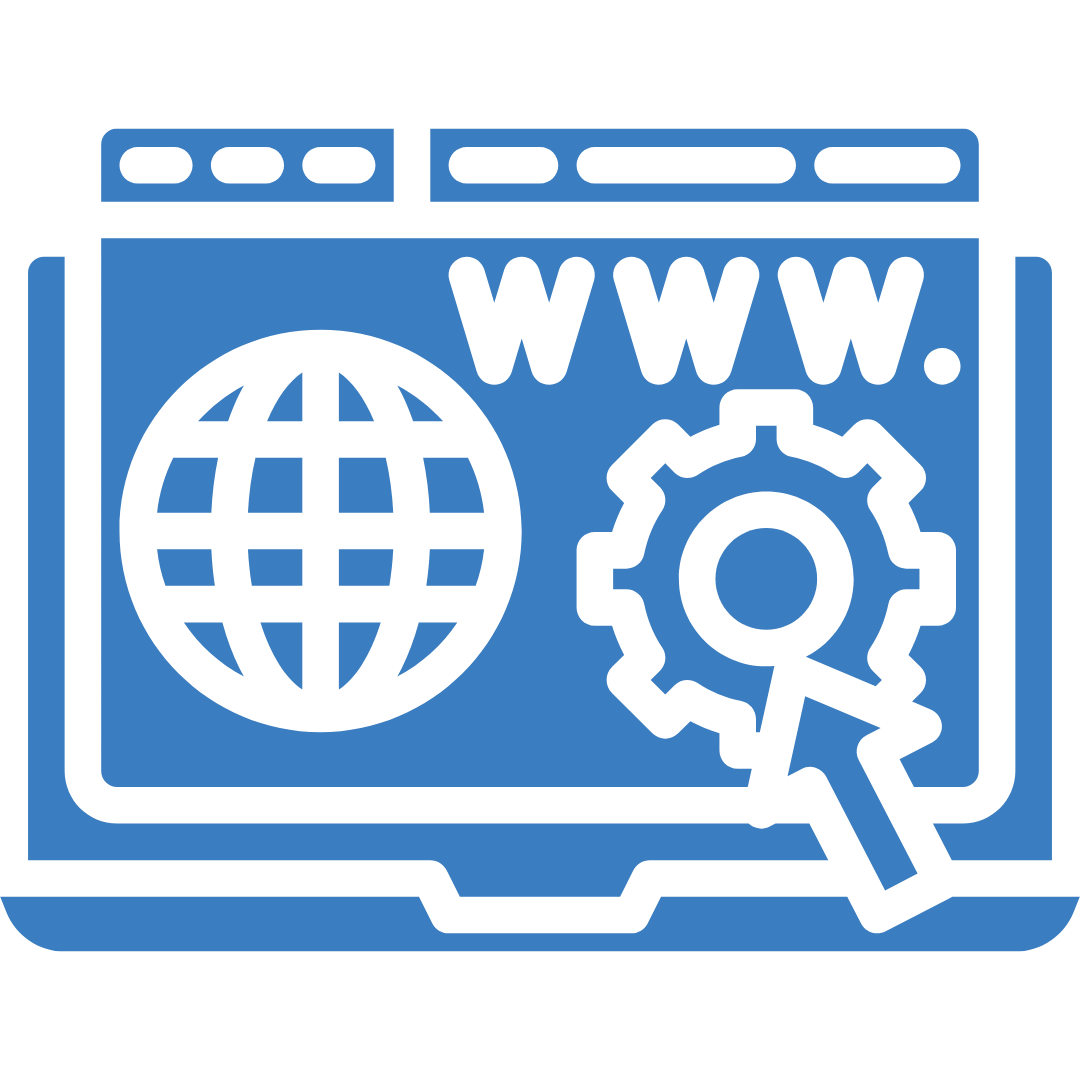
- Domain renewal importance is key and your domain's configuration can significantly impact your website's stability.
- For instance, issues with DNS settings can make your website inaccessible.
Solution: Regularly review your domain settings, ensure your DNS is correctly configured, and consider using a reputable DNS provider to enhance stability.
6. Visual Enhancement through ALT Text
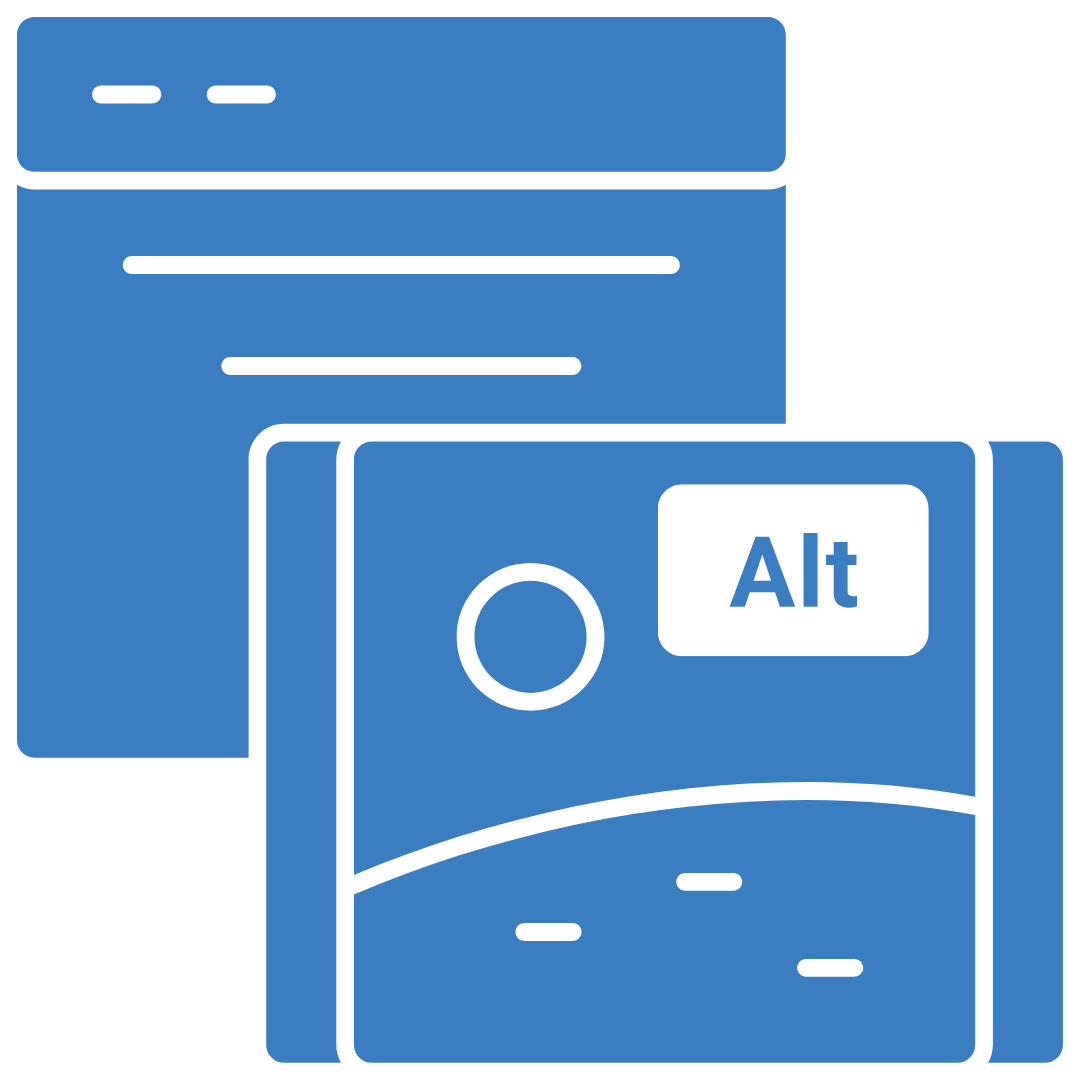
- ALT text is a description of an image that helps search engines understand the image content.
- Create ALT text for images to improve website accessibility for visually impaired users.
- However, missing or incorrect ALT text can lead to issues with search engine indexing.
Solution: Ensure all your images have relevant and accurate ALT text to enhance website stability.
Why Does Your Website Break?

1. CMS Complexities: User-Induced Errors
CMS might empower, but mishandling can lead to unintended consequences. So follow CMS best practices and limit admin roles to mitigate risk.
2. Compatibility Issues
Browser updates may create browser compatibility issues. Stay vigilant to maintain a seamless user experience.
3. Hardware Woes
Hardware problems detected? Hardware glitches can disturb harmony so address them swiftly to ensure steady performance.
4. Firewall Dilemma
Here are a few firewall setup tips: Secure your site, but ensure internal accessibility. Strike a balance between protection and user experience.
5. Software Update Problems
Software updates can disrupt equilibrium. Conduct software upgrade management and navigate updates skillfully for a seamless digital experience.
6. Third-Party Synchronization Challenges
Follow third-party integration guidelines and integrate third-party elements cohesively. Stay informed to prevent unwelcome surprises.
7. Malware
Stay up-to-date on malware prevention strategies. Computer viruses can destabilize a website. Fortify your digital fortress against these threats.
8. Pop-Up Paradox: Overcoming Hurdles
Pop-up blockers and software can obstruct user journeys. Master pop-up handling tactics and Maneuver around hurdles for smooth navigation.
Strategies To Steer Clear of Website Crashes
1. Load Testing: Bolstering Your Website's Resilience
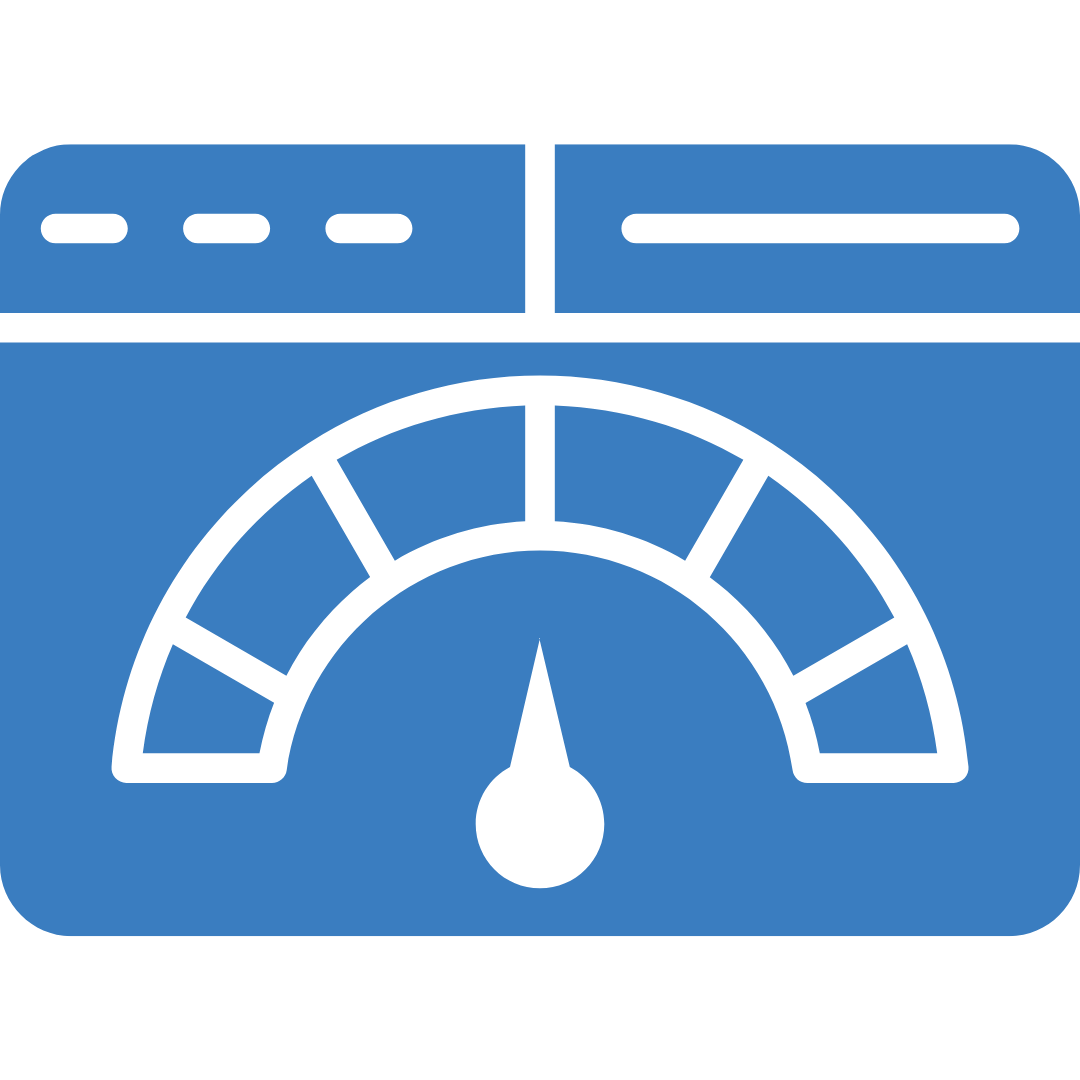
For website resilience enhancement, one strategy stands as a safeguard against chaos: Load Testing.
- Evaluate how website performs: Load testing is a type of performance testing that assesses how your website performs under a specific load, such as a high number of users or transactions.
- Recognize bottlenecks: By simulating these conditions, you can identify any bottlenecks or performance issues that could lead to a crash and so handle user experience enhancement.
- Proactively address issues: Regular load testing allows you to proactively address these issues and ensure your website can handle peak traffic periods.
Tools like LoadNinja, Apache JMeter, and LoadRunner emerge as your virtual allies. They recreate traffic scenarios from diverse sources, from desktops to mobile devices, and even spanning global regions. This intricate analysis helps with user experience enhancement as it unveils the potential pitfalls and bottlenecks that could mar your user experience.
2. Preventative Strategy: Proactive Monitoring for Ultimate Resilience
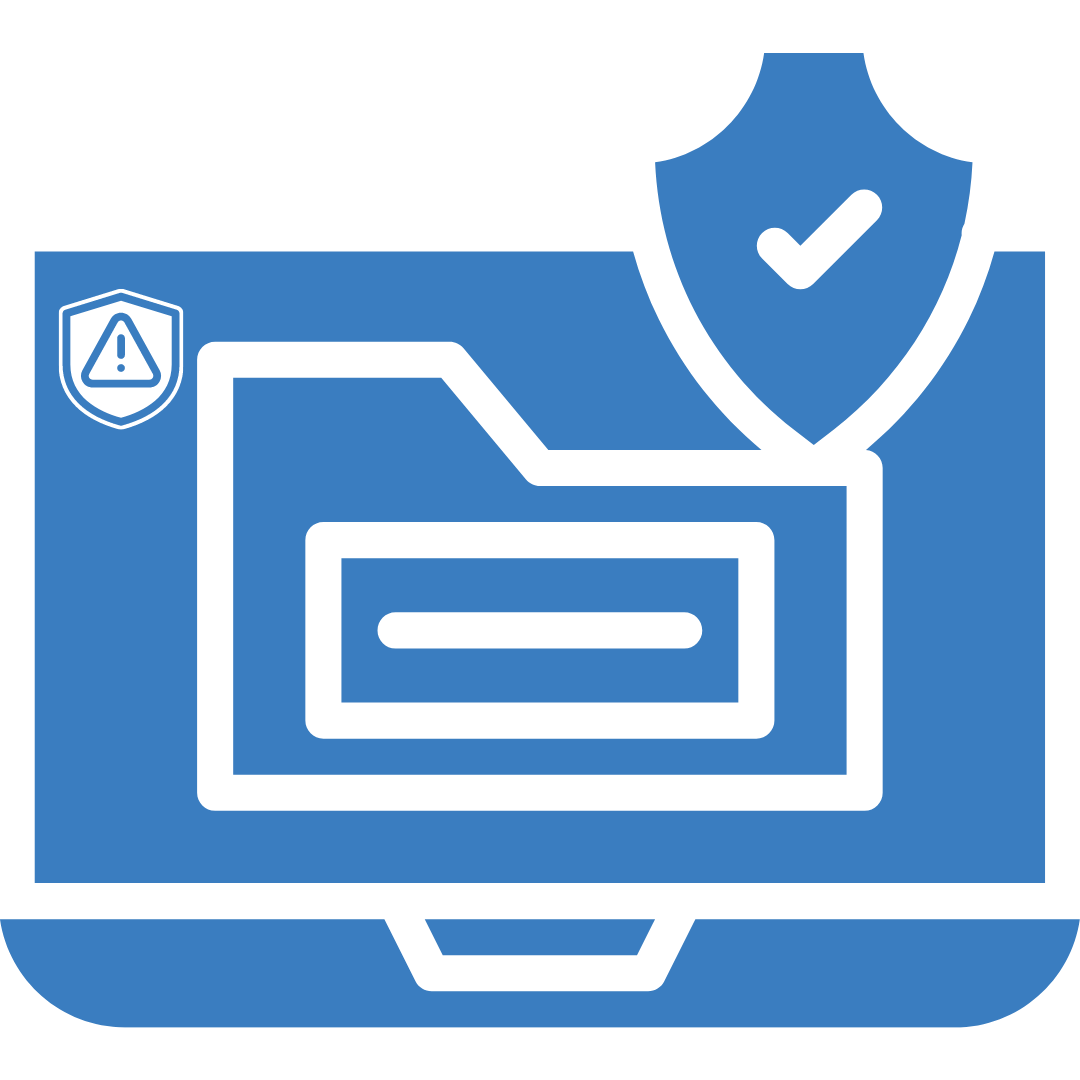
Sometimes, the best line of defense is prevention. In this scenario: Monitoring and Alerts!
- Continuous website monitoring can help you detect any issues before they lead to a crash.
- Use monitoring tools to track your website's uptime, performance, and functionality.
- Set up alerts to notify you of potential issues, such as server overload or a sudden spike in traffic.
- By catching these issues early, you can prevent them from escalating into a full-blown crash.
Think of monitoring tools as your trusty guards, equipped with keen senses that never tire. These tools, like Pingdom, Uptime Robot, and New Relic, work tirelessly in the background, scanning for any signs of trouble. At the first hint of a disturbance, they send you an alert.
Their mission? To ensure uninterrupted user experience. They track everything from server uptimes to page load times, detecting even the faintest whisper of a glitch. This way, you're spared from the headache of major malfunctions later on.
But these tools aren't just observers – they're problem-solvers. They pinpoint bottlenecks and areas for improvement, giving your website a performance boost. Whether it's trimming the fat from JavaScript and CSS files or fine-tuning other elements, these insights lead to faster page load time optimization and happier users.
3. Enhance your security

For preventing DDoS attacks and other cyber threats, adopting preemptive measures is crucial.
Regularly update your software and plugins to patch any security vulnerabilities. Use a web application firewall to block malicious traffic. Implement secure coding practices to prevent attacks like SQL injection and cross-site scripting.
Use these actionable insights:
- Stay Current: Keep all your software, plugins, extensions, and third-party scripts up-to-date. Outdated versions often harbor vulnerabilities that cybercriminals exploit with ease.
- Bolster Passwords: Use resilient passwords that defy guesswork. Enhance this defense with two-factor authentication, an impenetrable shield against unauthorized access attempts.
- Integrate Web Application Firewall (WAF): Deploy a robust WAF to intercept malicious traffic and thwart common attack vectors such as SQL injections and cross-site scripting (XSS).
- Consistent Cybersecurity Vigilance: Initiate periodic scans for malware and potential vulnerabilities. Trusted tools like Sucuri, SiteLock, or Wordfence help with cybersecurity vigilance and swiftly identify suspicious activities before they escalate into substantial threats.
Optimize your code
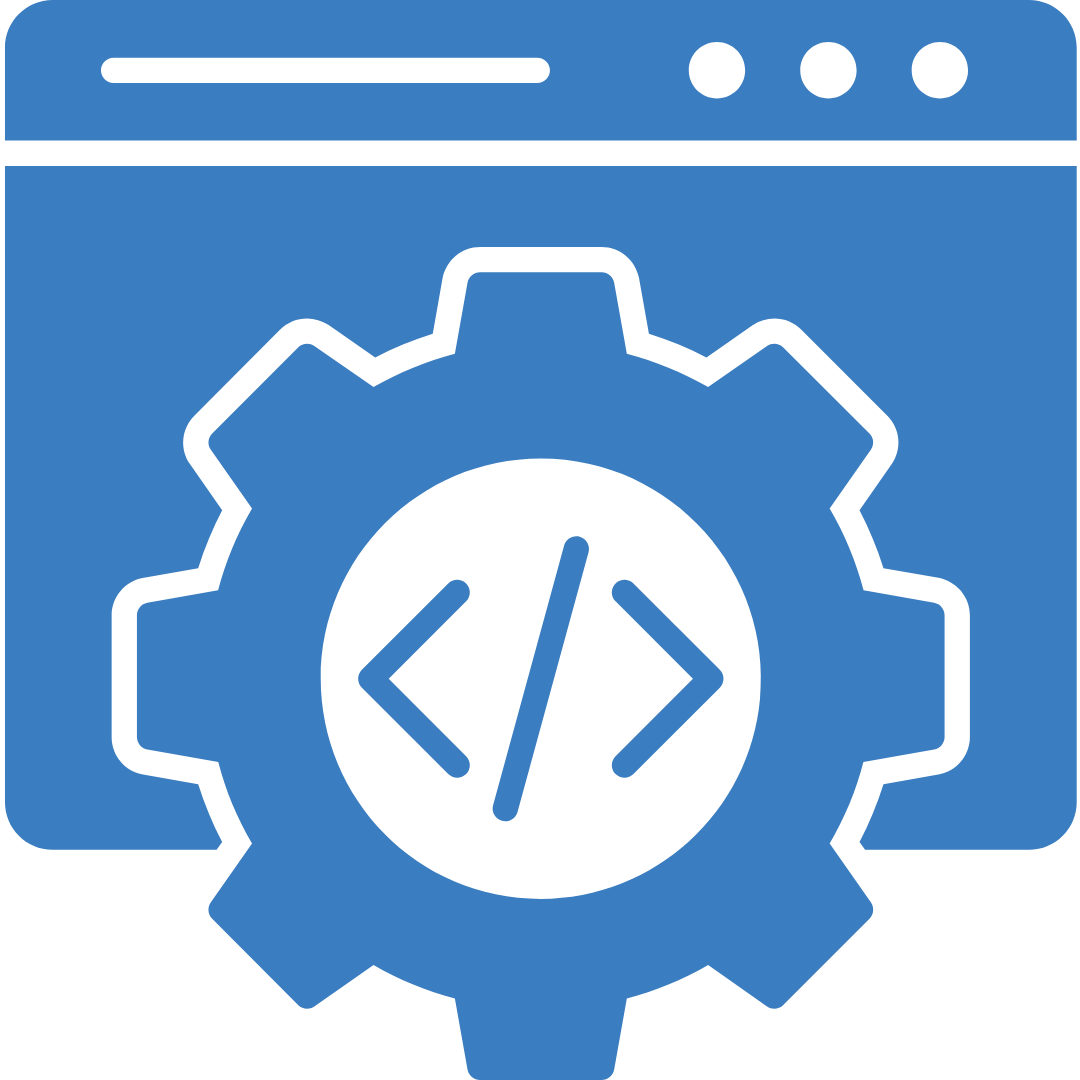
Poorly written or inefficient code can slow your website and even lead to crashes.
- Regularly review and optimize your code to ensure it's as efficient and streamlined as possible.
- Remove any unnecessary or redundant code.
- Use minification to reduce the size of your CSS, JavaScript, and HTML files.
- With code optimization, you can improve your website's performance and stability.
Here are some invaluable insights to uphold the excellence of your code:
Streamline Unneeded Components: Streamlining code components is vital. Do it for your codebase by removing surplus plugins, extensions, or any redundant elements. The outcome? Reduced code bulk translates to speedier loading and a marked decrease in crash vulnerabilities.
Trim CSS & JavaScript: Think of it as cutting away excess baggage. With CSS and JavaScript trimming, you trim redundant characters and spaces from CSS and JavaScript files and give your pages the chance to load faster. This minimizes the risk of system hiccups.
Fine-tune Media Assets: When optimizing images and media files, think precision without compromise. Shrinking file sizes while preserving quality is pivotal, as the loading speed of pages is directly tied to the dimensions of these assets. Media file optimization ensures fewer chances of crashes.
Harness Browser Caching: Imagine data cached at your fingertips, available without repeated fetching. There are plenty of browser caching benefits . You ensure frequently used data is stored locally, shaving offloading times and reducing the strain on web resources.
Remember, the key to a resilient codebase lies in proactive maintenance. Embrace the ethos of continual optimization to not only maintain peak performance but also avert potential website mishaps. Contact our experts today for help optimizing your site's speed and uptime!

Why Automation Testing Cannot Completely Replace Manual Testing

The Significance and Benefits of Project Manager Meetings


